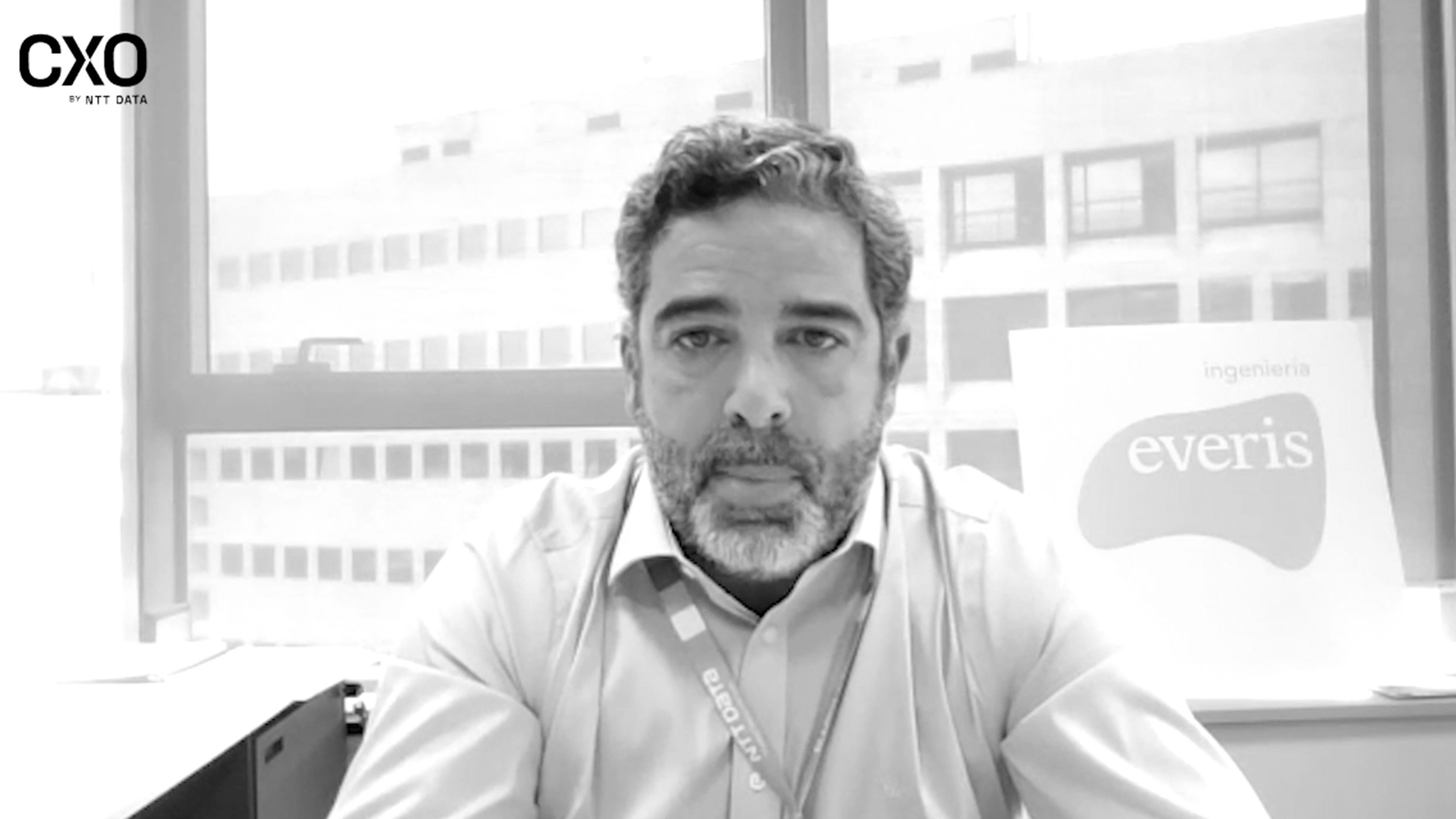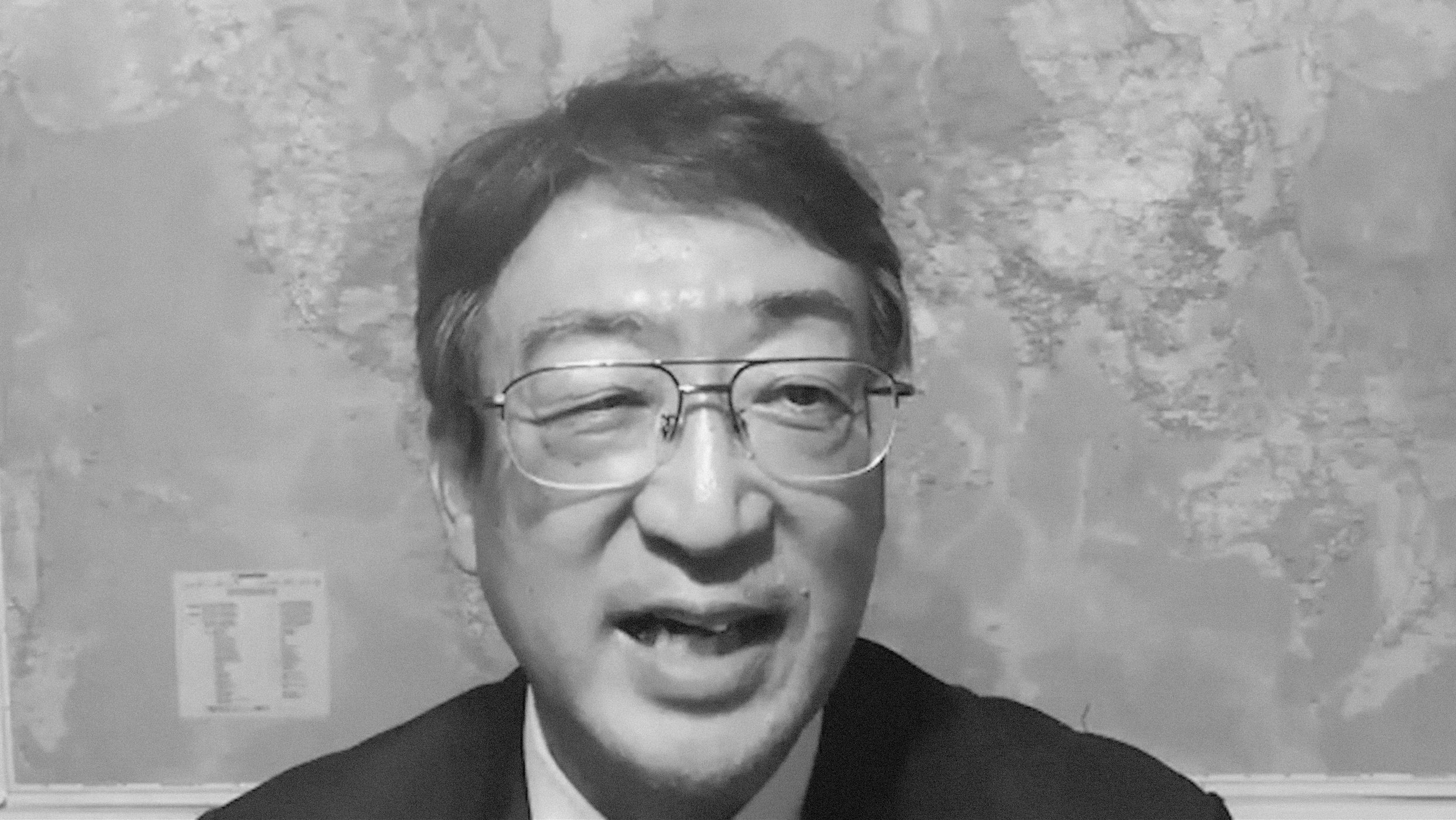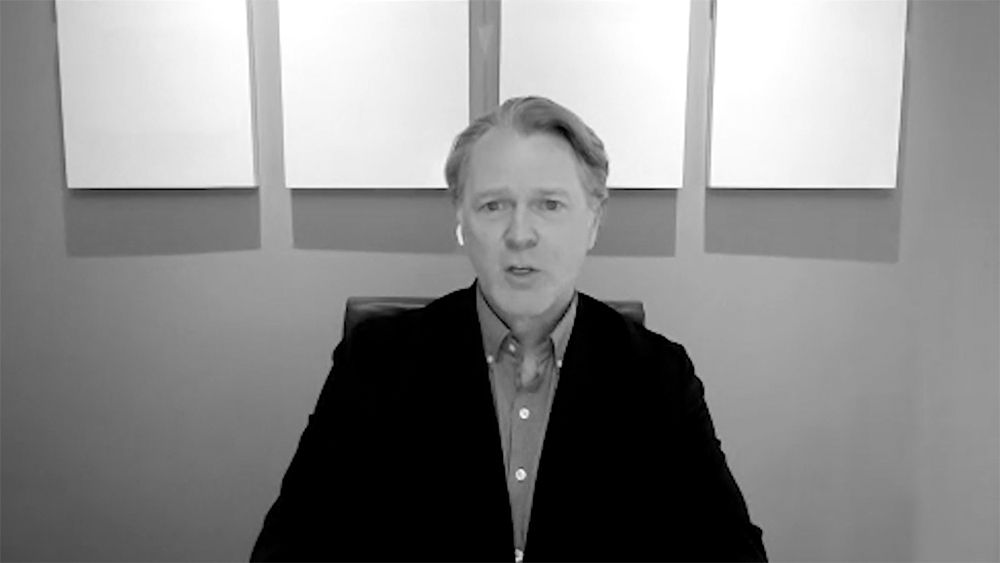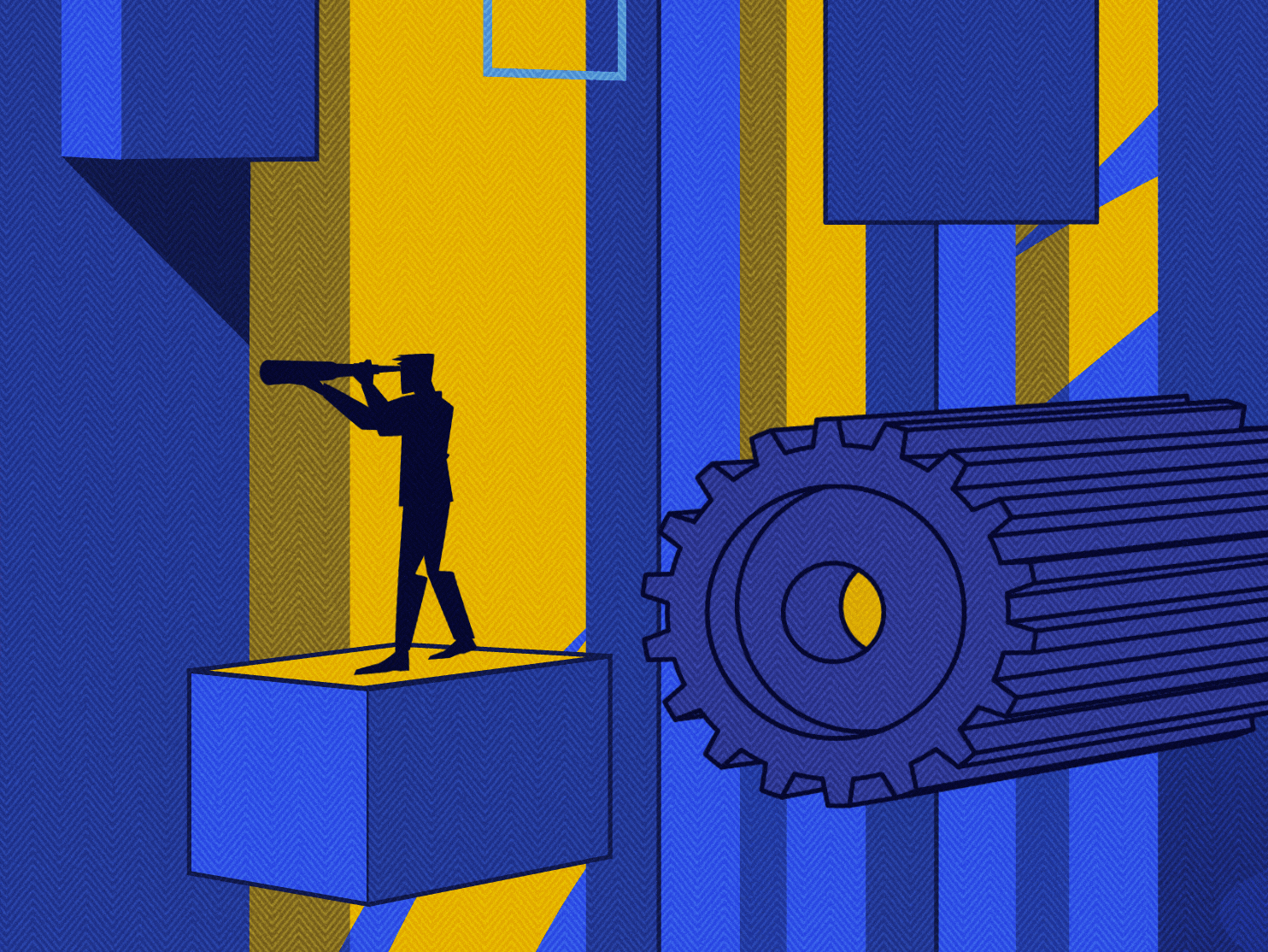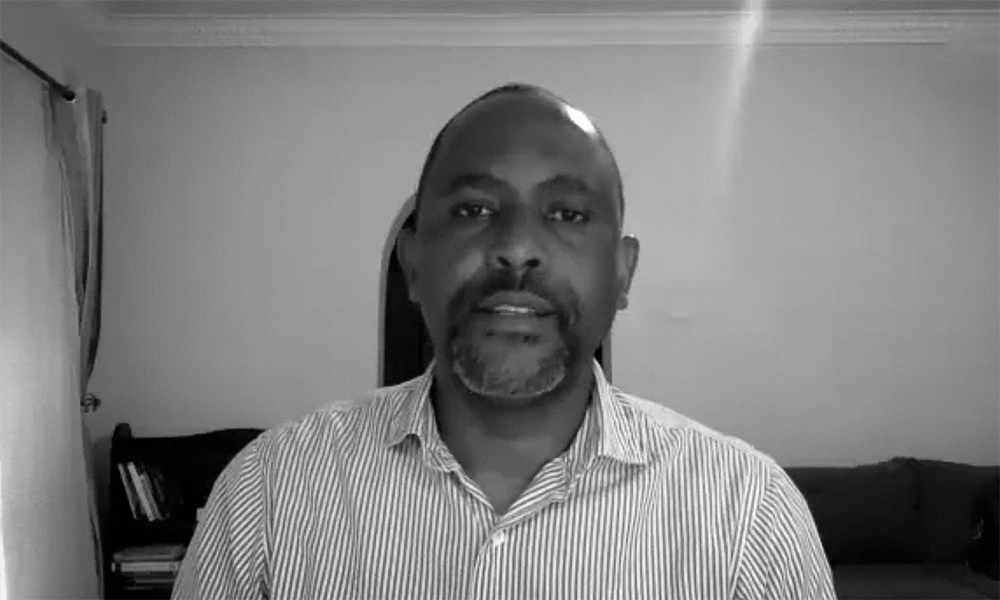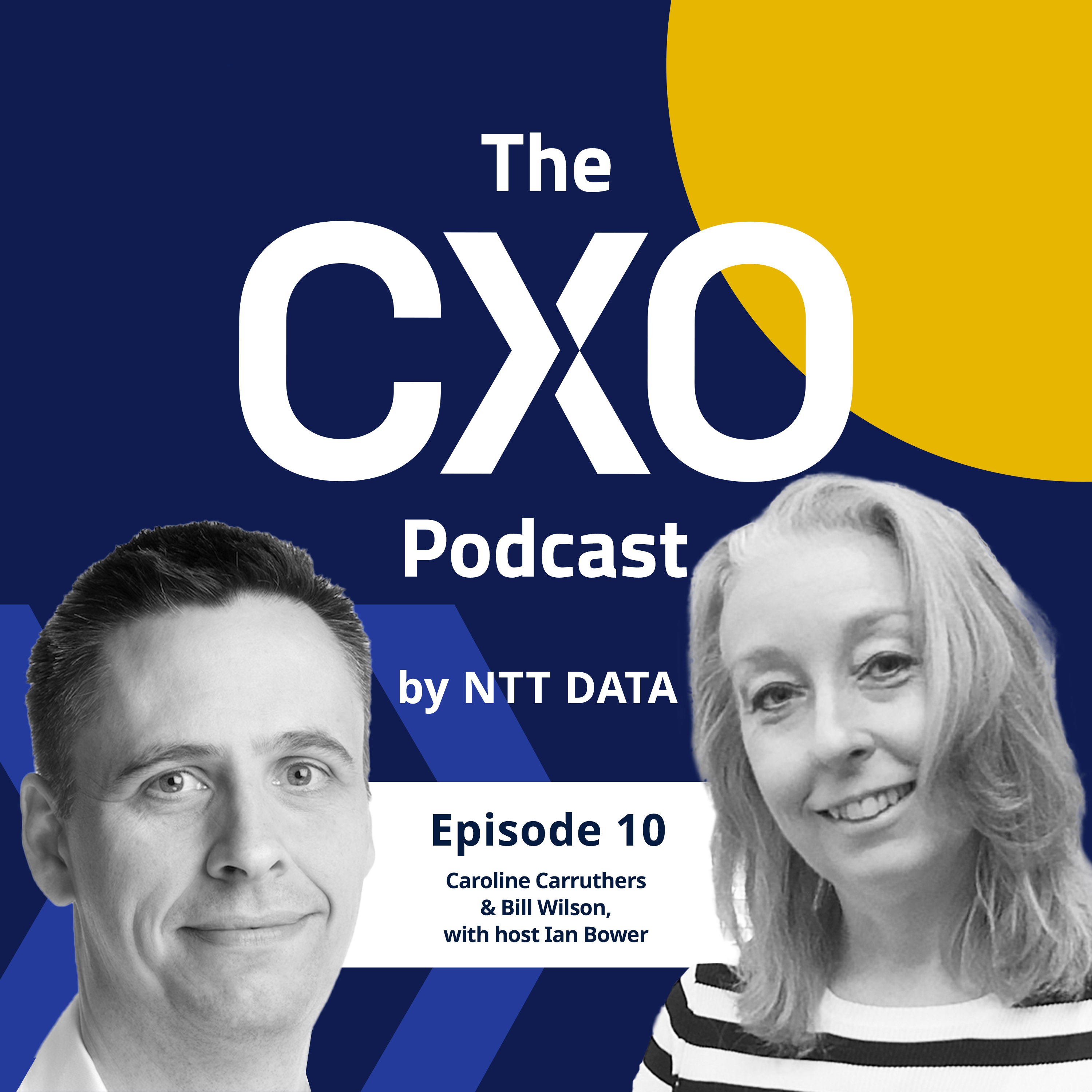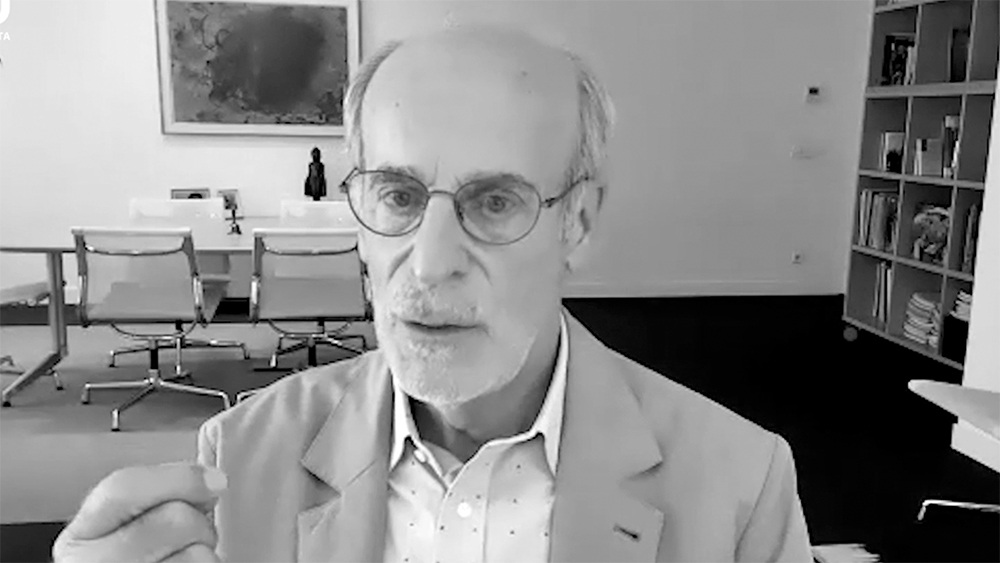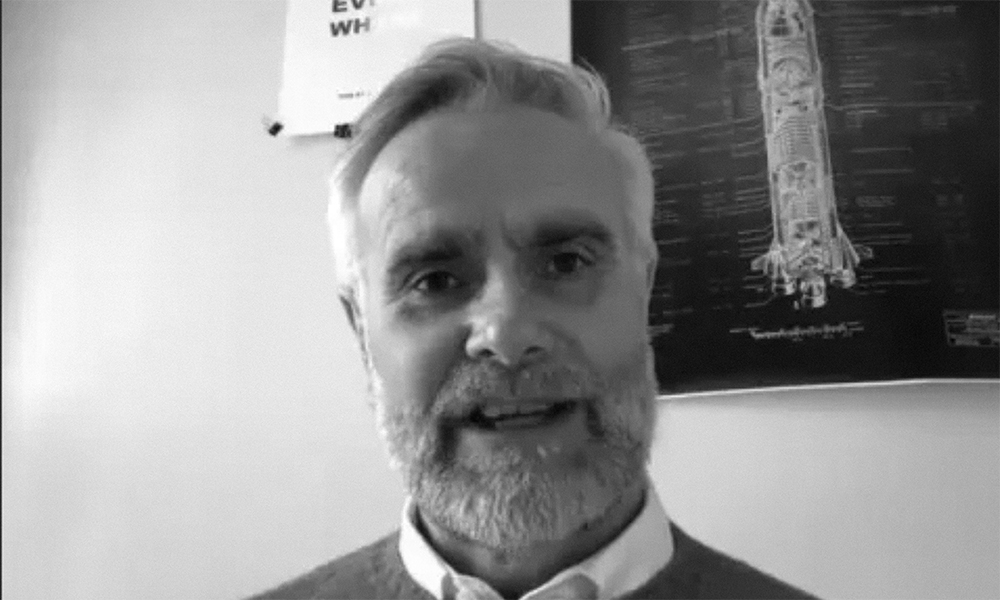
“Leadership is not about being in charge. Leadership is about taking care of those in your charge” – Simon Sinek
The meaning of work has fundamentally changed, and our approach to our work lives has shifted. Not only has the pandemic disrupted and reshaped many businesses, but new generations, such as Millennials, are prioritizing new expectations and needs.
Signs of dissatisfaction and lack of interest in the workplace were already present long before the pandemic. However, nowadays the ‘Great Resignation’ phenomenon is on the rise, and an increasing number of people are voluntarily leaving their jobs for better opportunities, benefits, conditions and work policies. Gallup research shows that today the global cost of employee disengagement is around $7.8 trillion.
A generational paradigm shift
The pandemic has been a time for reflection and reassessment of our priorities, our personal and professional values, and even our purpose in life; it has prompted us to pay more attention to our well-being, mental health and work-life balance. Furthermore, Millennials now make up a considerable part of the workforce — and by 2030, they will represent around 40% of it globally. This generation has lived through a rapidly changing world and witnessed multiple disruptive changes and events. As a result, Millennials report increased levels of stress, anxiety and fatigue due to the tough external stimuli they deal with (e.g. job market, mental health, politics and technology). This generation seems to be suffering the most from this situation and therefore they are deeply motivated to find more stimulating, collaborative, flexible, transparent and efficient work environments.
There needs to be a significant paradigm shift from a rather traditional approach, characterized by strict rules and control, towards a more innovative, synergic and engaging model.
This intricate, multi-generational workforce must prompt organizations to implement an unprecedented cultural transformation. There needs to be a significant paradigm shift from a rather traditional approach, characterized by strict rules and control, towards a more innovative, synergic and engaging model. Organizations will need to consider people as their essential source of competitive advantage.
Research shows a strong relationship between organizational performance and employee satisfaction. However, in today’s world, where the labor market is constantly changing, where customer expectations are increasingly demanding, where technological progress grows exponentially and where competitiveness is increasingly high, companies are under continuous pressure. To this end, business agility can help organizations be resilient, and more proactively able to respond and adapt to external changes. Adopting a more agile mindset also allows organizations to focus on their workforce, motivating employees and creating a sense of belonging. This cultural shift involves employees, managers and even the HR Team, whose support will be fundamental, to co-create a new approach to People Relationship Management (PRM).
We need leadership models that are radically different from those of the past and through which leaders learn how to use their sensitivity, humility and care to involve and motivate employees and develop their full potential.
Yet even this is not enough by itself. We need leadership models that are radically different from those of the past and through which leaders learn how to use their sensitivity, humility and care to involve and motivate employees and develop their full potential.
Developing High Impact Teams
Empathic leadership has now become a fundamental ingredient for ensuring higher levels of employee productivity and performance. This leadership style is built on collaboration, teamwork, shared responsibilities and a sense of belonging. But how do we ensure that teams collaborate efficiently and are fully satisfied? And how do we ensure that employee potential and organizational profits are both maximized? The answer could be found in the development of High Impact Teams (HITs), led by empathetic leaders.
The concept of HITs originates from the teamwork model, but is enriched by two important ingredients: vision and motivation. These teams are characterized by a climate of trust and synergy and can achieve superior performance.
The concept of HITs originates from the teamwork model, but is enriched by two important ingredients: vision and motivation. These teams are characterized by a climate of trust and synergy and can achieve superior performance. Sometimes a HIT can develop naturally; other times, optimal conditions may need to be created and encouraged.
Five key elements support the development of High Impact Teams:
- Alignment & cohesion
Members of HITs seek cohesion, are aligned on strategic decisions, and work towards a common mission. They share values and principles that reflect company values. Team goals are ‘group-centric’: designed to maximize the performance of the entire group. Shared goalshelp the team work with a sense of determination, and a foundation of common ideas and opinions.
- Respect & trust
Cohesion and alignment require diligence and dedication. Once the team is truly committed, it will also have strong confidence. HITs value mutual support, respect and psychologically safe environments where ideas, difficulties, victories and even failures are openly shared. Within a HIT, there are no major disruptive dynamics that create tensions, but there is a climate of mutual understanding and social unity where the only mission is to achieve success together.
- Transparency & communication
A safe and cohesive environment is built on clear and transparent communication. In HITs, a constant sharing of information built on dialogue and listening is essential. Conflicts tend to be constructive, and individual views are exchanged honestly, accurately and in a timely manner. Within a HIT, continuous feedback is vital as it allows for improving and finding new solutions together. The language is positive, as encouraging communication helps strengthen cooperation, creativity and confidence within the team.
- Structure, responsibility & guidance
Team performance is strongly influenced by its structural composition. HITs are characterized by an organized and efficient environment, with clear structures, defined roles and responsibilities. There is a balanced approach to decision-making and individuals are gradually empowered through clear instructions, tools and motivation. HITs are characterized by shared autonomy, and team members are provided with the necessary skills and information to take on more responsibilities and overcome traditional hierarchies.
- Empathic Leadership
Empathic leadership is the key element in HIT performance as HIT leaders are keen to strengthen and support the team with their empathy and humility. They help create a shared vision and mission through their charisma and enthusiasm, motivating and empowering team members. HIT leaders manage both the entire group and the individuals by listening, coaching and training them.
By developing HITs and strong, synergistic and inspiring environments, organizations will be able to ensure greater levels of employee engagement, attraction and retention. As a result, phenomena such as high turnover or quiet quitting might be reduced, and perhaps avoided altogether. For this to happen, organizational and personal values must work in harmony, and empathic leaders may become the true agents of change.


